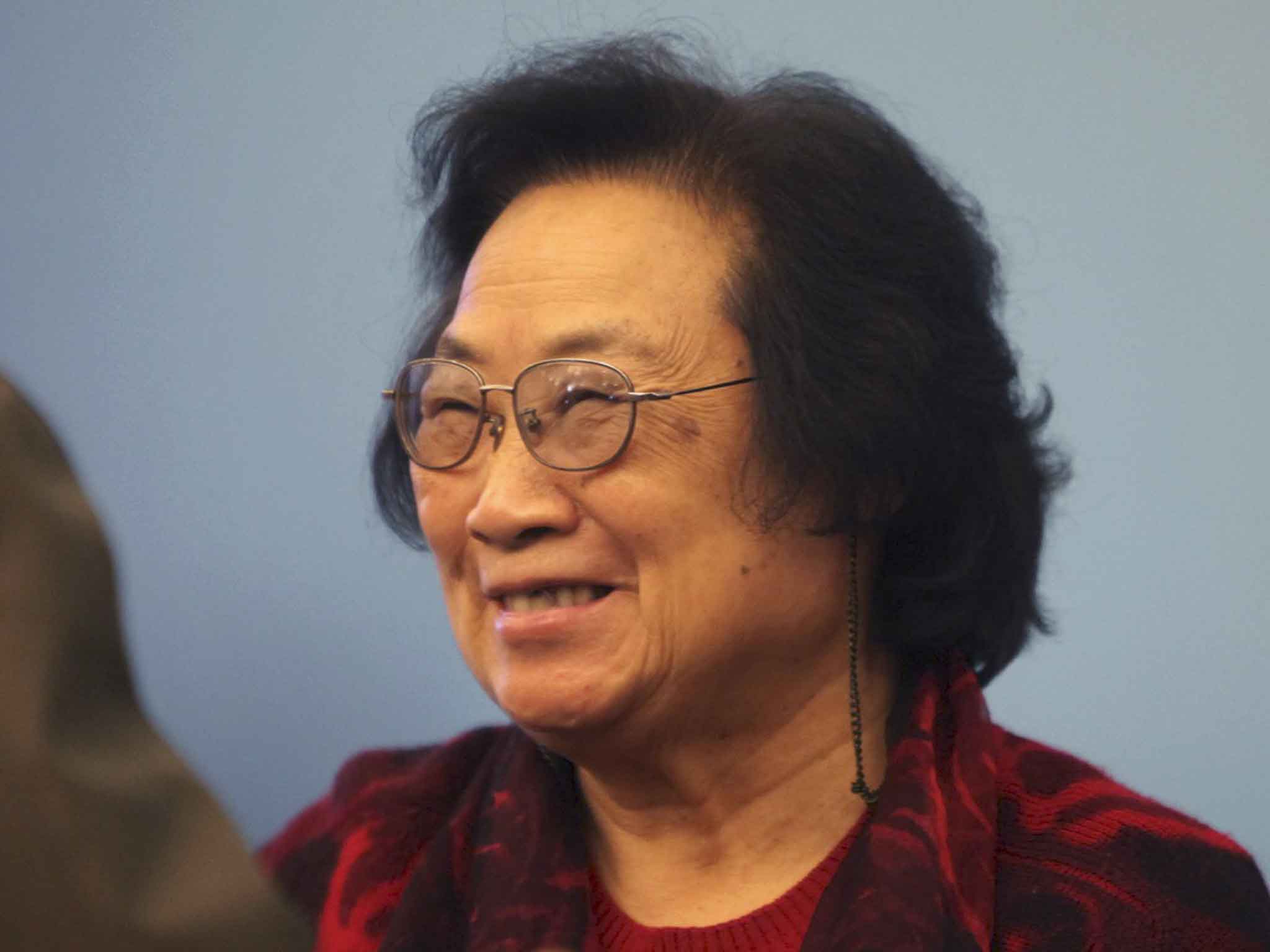Nobel Prize in Medicine: Ancient Chinese mystic led Youyou Tu to develop prizewinning anti-malaria drug
Ge Hong's 'handbook of prescriptions for emergencies' from 340AD included a key passage on how to treat malaria

A fourth-century Chinese mystic who lived at the time when Britain was still part of the Roman Empire provided a key insight into an anti-malaria drug that has been honoured in the 2015 Nobel Prize in Physiology and Medicine.
Ge Hong, a fourth-century physician, alchemist and herbalist, wrote a “handbook of prescriptions for emergencies” in 340AD that included a key passage on how to treat malaria with an extract made from the sweet wormwood shrub, Artemisia annua.
£630,000
The amount shared between the three winners
It was the discovery of this ancient text that led a contemporary Chinese scientist, Youyou Tu, to the discovery of how to make useful quantities of the drug artemisinin which has since saved hundreds of thousands of children who would have otherwise died from malaria.
Professor Tu, chief scientist at the China Academy of Traditional Chinese Medicine, shares half of the 8 million Swedish crowns (£630,000) Nobel medicine prize – the first science Nobel in China’s history.
The other half of the prize is shared between William Campbell of Drew University in New Jersey and Satoshi Omura of Tokyo University whose joint effort led to another new anti-parasite drug, this time for treating the parasitic worms that cause diseases such as river blindness and elephantiasis.
Professor Omura, 80, discovered a compound in a bacterium living in a soil sample he collected near a Japanese golf course which seemed to be toxic to roundworms. But it was Irish-born Professor Campbell, 85, who managed to isolate the active ingredient and develop into the anti-parasite drug avermectin.
Professor Campbell told the Associated Press that he made his main discovery in 1975 while working for the US pharmaceutical company Merck.
“It was a great team effort by the people at Merck and company,” said Professor Campbell, who now lives in North Andover, Massachusetts. He said the award came as a “huge surprise”.
Professor Omura said: “This is kind of a low-profile research area, but microorganisms are extremely important for humans. They can be our partners. I hope the area gets more attention because of the prize so that it can further contribute to human beings.”
The two research breakthroughs together represent major milestones in treating human parasitic diseases that have killed or maimed many millions of people, according to the Nobel Prize committee of the Karolinska Institute in Stockholm.
“These two discoveries have provided humankind with powerful new means to combat these debilitating diseases that affect hundreds of millions of people annually. The consequences in terms of improved human health and reduced suffering are immeasurable,” it said.
Professor Tu, 84, began her work on malaria in the late 1960s as part of a military project. She initially investigated the anti-malaria properties of some 2,000 Chinese herbal preparations, identifying 640 with possible pharmacological properties, including Artemisia annua.
It was during a trawl through the ancient Chinese literature on herbal remedies that she found a reference to sweet wormwood, known as qinghao in China, in Ge Hong’s ancient handbook of prescriptions. She realised from his description that heating the sweet wormwood preparation destroyed its potency, which explained why her own preparations did not seem to work well on animal models of malaria.
During the Cultural Revolution that affected China at that time, it was not possible to carry out clinical trials on new drugs, so Professor Tu and her colleagues volunteered to be the first to take the herbal extract to make sure it was safe for human consumption, she wrote in 2011.
“Tu was the first to show that this component, later called artemisinin, was highly effective against the malaria parasite, both in infected animals and in humans,” the Nobel committee said.
“Artemisinin represents a new class of antimalarial agents that rapidly kills the malaria parasites at an early stage of their development, which explains its unprecedented potency in the treatment of severe malaria,” it said.
Malaria, a mosquito-borne disease, infects nearly 200 million people each year. It is estimated that Artemisinin, when used in combination with other drugs, reduced death rates by 20 per cent in adults and 30 per cent in children, saving more than 100,000 lives each year in Africa alone.
Subscribe to Independent Premium to bookmark this article
Want to bookmark your favourite articles and stories to read or reference later? Start your Independent Premium subscription today.

Join our commenting forum
Join thought-provoking conversations, follow other Independent readers and see their replies